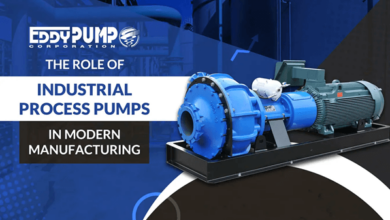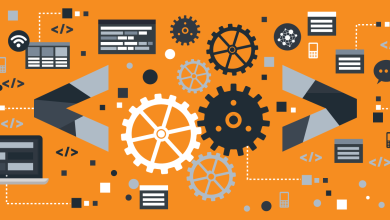The importance of preventive maintenance in the industry

Nowadays, maintenance occupies a central place in any industrial activity and is a major challenge for the productivity and competitiveness of companies. Until now, it was limited to repair operations or occasional troubleshooting. Currently, industrial maintenance is a much broader scope of action, the result of which has a considerable influence on the productivity of industrial plants.
However, very often the problems, methodologies, and tools used by professionals in the maintenance and production department are not known. These tools have evolved a lot in recent years thanks to technological advances, and the new industrial maintenance management solutions considerably facilitate the work of teams in the field, while allowing managers to improve organization and decisions.
In short, proper maintenance of machinery, mechanisms, and electrical systems, as well as control devices, is essential for optimum performance. Throughout history, industrial maintenance has been carried out only in the event of machinery or equipment failure, being part of the integral management of the production process as an element to be managed within all factors or departments (production, costs, risk assessment, etc.).
What is industrial maintenance?
In general, industrial maintenance can be defined as a combination of all the activities and techniques necessary to preserve the desired operating state of production equipment. The industrial maintenance concept ensures that all assets are in optimal operating conditions. For this reason, it is often used interchangeably with the term plant maintenance.
In addition to making sure equipment is running smoothly, industrial maintenance has another important component: cost control. In fact, keeping assets in good condition is important when it comes to meeting production quotas and ensuring product quality. However, the maintenance of industrial equipment and machinery mustn’t cost you more than what you would earn selling those products.
The best way to keep maintenance costs under control while still delivering quality maintenance services is to establish maintenance KPIs and apply the right industrial maintenance systems supported by maintenance software. Behind all of this, of course, are talented industrial maintenance technicians who perform these essential functions. There are various types of industrial maintenance but the most widely used is probably preventive industrial maintenance.
In the case of the use of Bosch 250 SX Aquastar Water Heater (for example), preventive industrial maintenance includes different elements: electrical systems, industrial machinery, (stock, production, distribution, and transport) control systems, automation, and tools for computerized management (software).
What are the features and benefits of preventive maintenance in the industry?
Industrial maintenance must be programmed.
Maintenance work must be planned and managed within a specific action program in which the interventions to be carried out, the periodicity, and the corrective measures are clearly defined if problems are detected.
Preventive maintenance is part of device safety.
Adequate maintenance of the machines allows them to work safely, minimizing the possibility of dangerous breakdowns. The preventive maintenance program must be partly integrated into the management of occupational risk prevention.
Increase production yield
One of the objectives of preventive maintenance in the industry is to minimize failures that can lead to production stoppages or underutilization of certain product lines. This is one of the goals of preventive maintenance in the industry. The availability of an installation during production time is a key point to check for an adequate final performance.
Reliability of the production process
Periodic maintenance of any machine or mechanism increases tool life and performance. The periodic revisions and valuation and analysis in each period of the state of the machinery allow: to reduce the number of serious defects and to analyze the causes to prevent in the future (predictive maintenance).
Preventive maintenance identifies areas for improvement
During maintenance work, you can identify the most critical points that need updating or improving the design or materials, as well as the production processes that need special attention, etc. This allows the adjustment of the planning and checkpoints of preventive maintenance, both to increase its efficiency and to obtain a reduction in maintenance costs.
Elements to control preventive maintenance
As we said at the beginning, preventive maintenance must be scheduled and planned according to certain action points:
machine maintenance and overhaul
overhaul, change, and repair of moving parts (rollers, belts, conveyors, etc.)
duct review and maintenance
revision of control systems (probes, scales, measures, detectors, etc.)
enhancement of product quality as an indicator of machine condition
electrical system overhauls
overhaul of security systems
automation review. Automated control systems (software & hardware)
The purpose of preventive maintenance is to minimize or avoid failures that can lead to loss of production or safety issues. For a company or industry is essential for the best preventive performance of integrated form production and economic management.
















